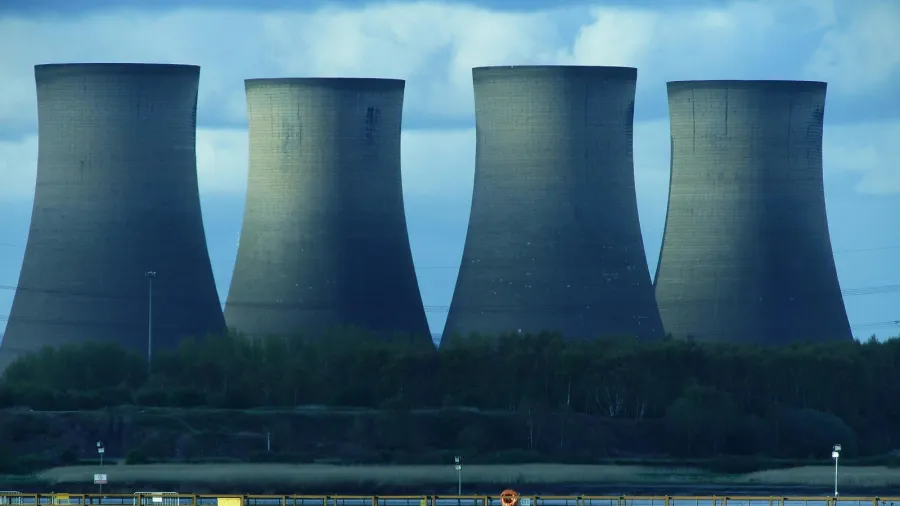
South Korea’s nuclear generation to reach 222.7TWh by 2035
The country has four upcoming reactors on top of 25 existing ones.
South Korea is projected to increase its nuclear power generation to 222.7 terrawatt-hours in 2035, reflecting a compound annual growth rate (CAGR) of 2.4% during 2024-2035, according to GlobalData.
The company’s new “South Korea Power Market Outlook to 2035, Update 2025 – Market Trends, Regulations, and Competitive Landscape” report said that the country’s nuclear power capacity increased to 24.4 gigawatts (GW) in 2024 from 23.2GW in 2020. This is seen to reach 29.8 GW, growing 1.8% during 2024-2035.
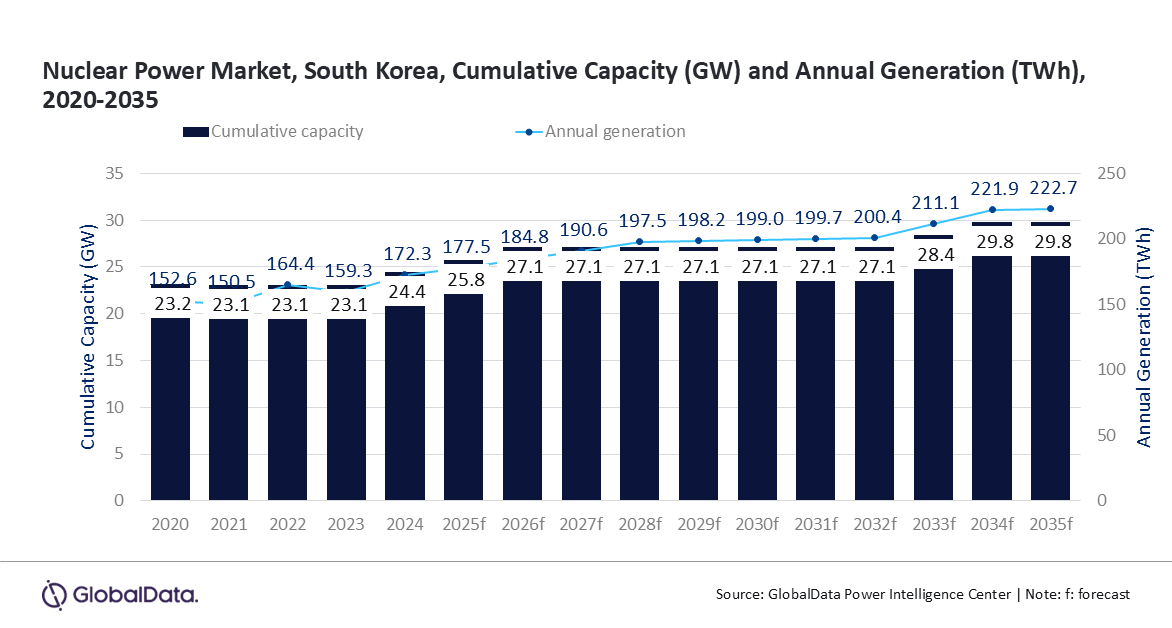
Nuclear power helps meet nearly one-third of South Korea’s electricity consumption. The country has 25 active reactors and four others under construction.
Attaurrahman Ojindaram Saibasan, senior power analyst at GlobalData, noted that South Korea is one of the most significant consumers of energy and is amongst the leading greenhouse gas emitters globally.
“The nation’s reliance on thermal and nuclear power to satisfy domestic electricity needs is notable. The utilisation of fossil fuels for thermal power not only escalates emissions but also, due to scant natural reserves, necessitates the costly importation of coal and gas,” said Saibasan.
Under its 11th Basic Plan for Long-Term Electricity Supply and Demand, South Korea aims to increase the share of nuclear power in electricity generation to 35.2% by 2038. This will be supported by the construction of three additional reactors and one small modular reactor by 2038 for an additional 4.4GW. The country also eyes to be the leading exporter of nuclear energy, aiming to secure contracts for the construction of 10 nuclear reactors overseas by 2030.




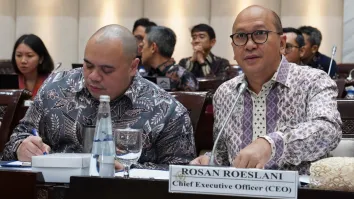

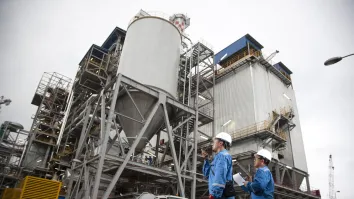
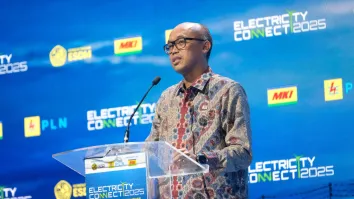









 Advertise
Advertise









